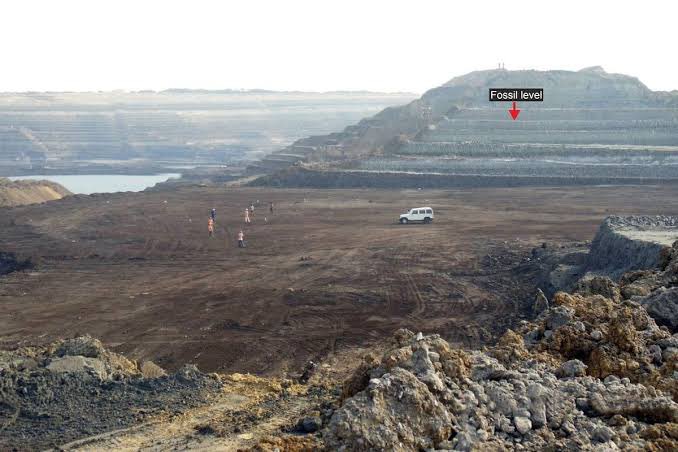- Friday, May 03, 2024
AN IIT-Roorkee team discovered a new species of giant snake Vasuki Indicus, that originated in India and got wiped out of the face of the earth 47 million years ago.

By: Twinkle Roy
AN IIT-Roorkee team discovered a new species of giant snake, that originated in India and got wiped out of the face of the earth 47 million years ago.
Traced through the fossil remains from the Panandhro Lignite Mine in Kutch, Gujarat, the team discovered the new species, Vasuki Indicus.
The name given to the new species is derived from the name of the king of the snakes in Hindu Mythology worshipped on Naga Panchami – Vasuki.
On analysing the 27 fully preserved vertebrae discovered, the team inferred that the snake must have been the largest of all proportions seen in madtsoiids- a family of snakes that was driven to extinction nearly 47 million years ago – which is, 15 million years after the extinction of dinosaurs.
A recently identified snake, named Vasuki Indicus, measuring between 36–49 ft, once inhabited the region of present-day Gujarat around 50 million years back, and represents a unique lineage from India.
Vasuki represents a relic lineage that originated in India. Subsequent… pic.twitter.com/Fl6D52Lw9N
— Monidipa Bose – Dey (মণিদীপা) (@monidipadey) April 23, 2024
Read: Marine biologists ‘talk’ to humpback whale, call it ‘breakthrough’
The findings reveal that the Vasuki family (genus) of snakes must have been up to 15.2 meters long, which makes it comparable in size to the world’s largest snake, the extinct Titanoboa.
“It is worth noting that the largest body-length estimates of Vasuki appear to exceed that of Titanoboa, even though the vertebral dimensions of the Indian taxon are slightly smaller than those of Titanoboa,” authors Debajit Datta and Sunil Bajpai of the Department of Earth Sciences, IIT Roorkee, mentioned in their study published this week in the journal Scientific Reports, pointed out.
The authors drew parallels between the species from the Madtsoiid lineage and the anaconda, claiming that both are slow-moving ambush predators because of their large size.
Read: Reality show winner held in India for selling snake venom to ravers
Vasuki Indicus belongs to the Madtsoiidae family, which spread out across continents including Europe, Africa, and Asia. The species originated in the Indian subcontinent and spread to Europe, before reaching Africa some 50 million years ago – nearly 15 million years after the dinosaurs were wiped out.
The large and strong vertebral column found as the remains of the species suggests that it was among the largest of all proportions seen in madtsoiids. Madtsoiidae is an extinct family of terrestrial snakes that existed in the Indian subcontinent for around 100 million years from the Late Cretaceous to the Late Pleistocene (about 98 million years ago, to about 11,000 years ago).
![]()